Art Dogs is a weekly dispatch introducing the pets—dogs, yes!, but also cats, lizards, marmosets, and more—that were kept by our favorite artists. Subscribe to receive these weekly posts to your email inbox.
Andrea Zittel is a fifty-something artist whose work and life explores the fundamental questions "How to live?" and "What gives life meaning?"1
Andrea has been described as “a one-person Bauhaus.” Throughout her career, she has’t merely “made” art. She has lived her art. As a young artist, she recalled “being frustrated by how most fine art hinged on trivial observations or certain topics – but that design dealt with broader issues of how life is lived.”2 Today, her work blurs the boundaries between art and design, as well as fashion and architecture.
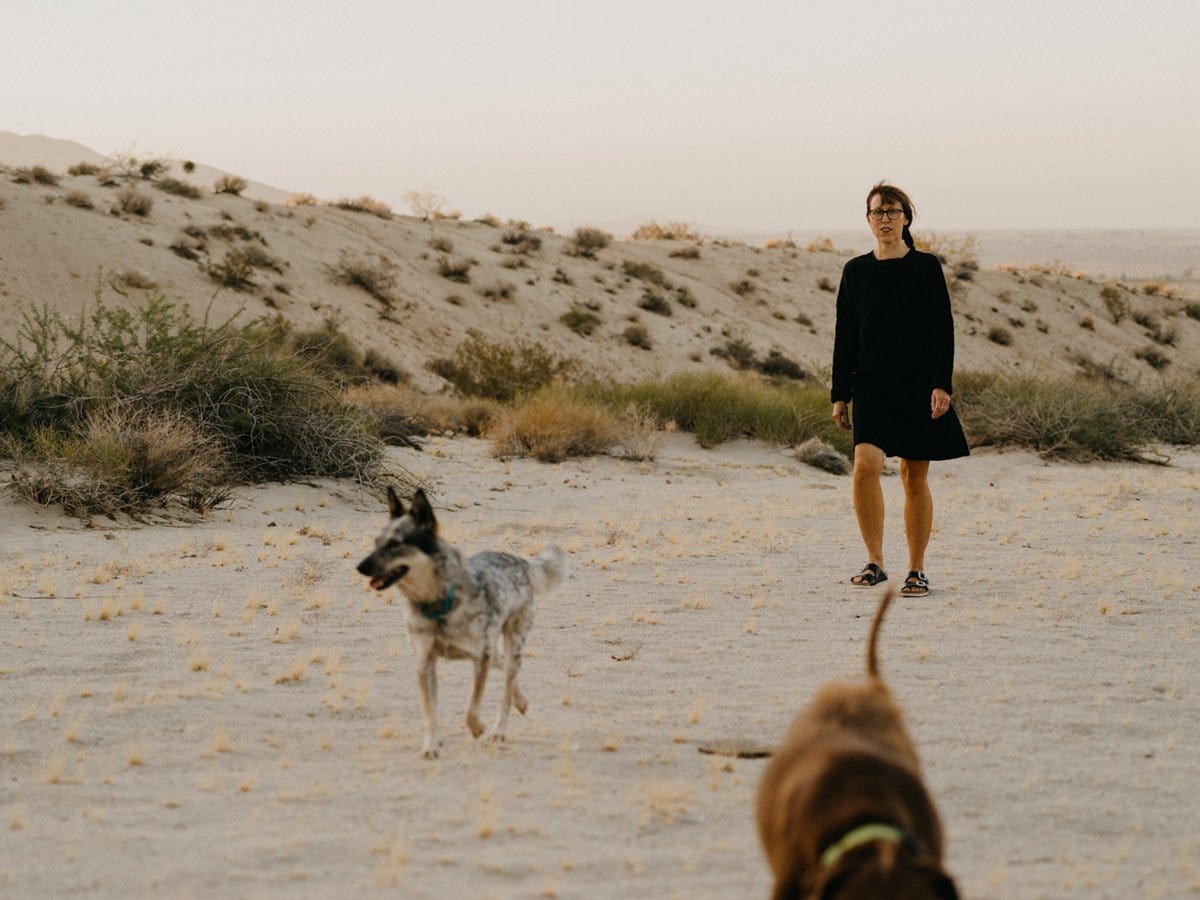
Twenty-three years ago, Andrea Zittel uprooted her life from a 200-square-foot storefront apartment in Brooklyn to the middle of the desert near Joshua Tree. “I was looking for a community that was a non-art community where I could engage with people in a very real way. If I’d stayed in New York I’d have always been an artist in the art-world. I wanted to escape that bubble,” she has said.3 She paid $40,000 for five acres of land with a simple homestead cabin.4
She named the compound “A-Z West,” and it now consists of 80 acres. On the land, she’s built sculptures, multiple living pods and guest rooms for visiting artists, as well as ceramic, woodworking, and weaving studios. “Everything she eats, wears, and makes in A-Z West is her artwork.”5 There’s no separation between art and life
She shared the land for many years with a menagerie of beings, including her teenage son, Emmett, dogs (named Mona Winona, Maggie Peppercorn and Owlette), cats (Mooncloud and Stripy Tigerwolf), pigeons, tortoises, fish, doves and chickens.6 (“I only keep as many pets as I can fit in my truck if we need to evacuate on short notice" she once wrote in Artforum.7) She also holds intensive eight-day MFA seminars once a year at A-Z West, offers artist residencies, and co-founded High Desert Test Sites, a non-profit artistic platform in 2002. To date, A-Z West has hosted the work of more than 460 artists, 12 expansive site-specific programs, and 25 solo projects.8
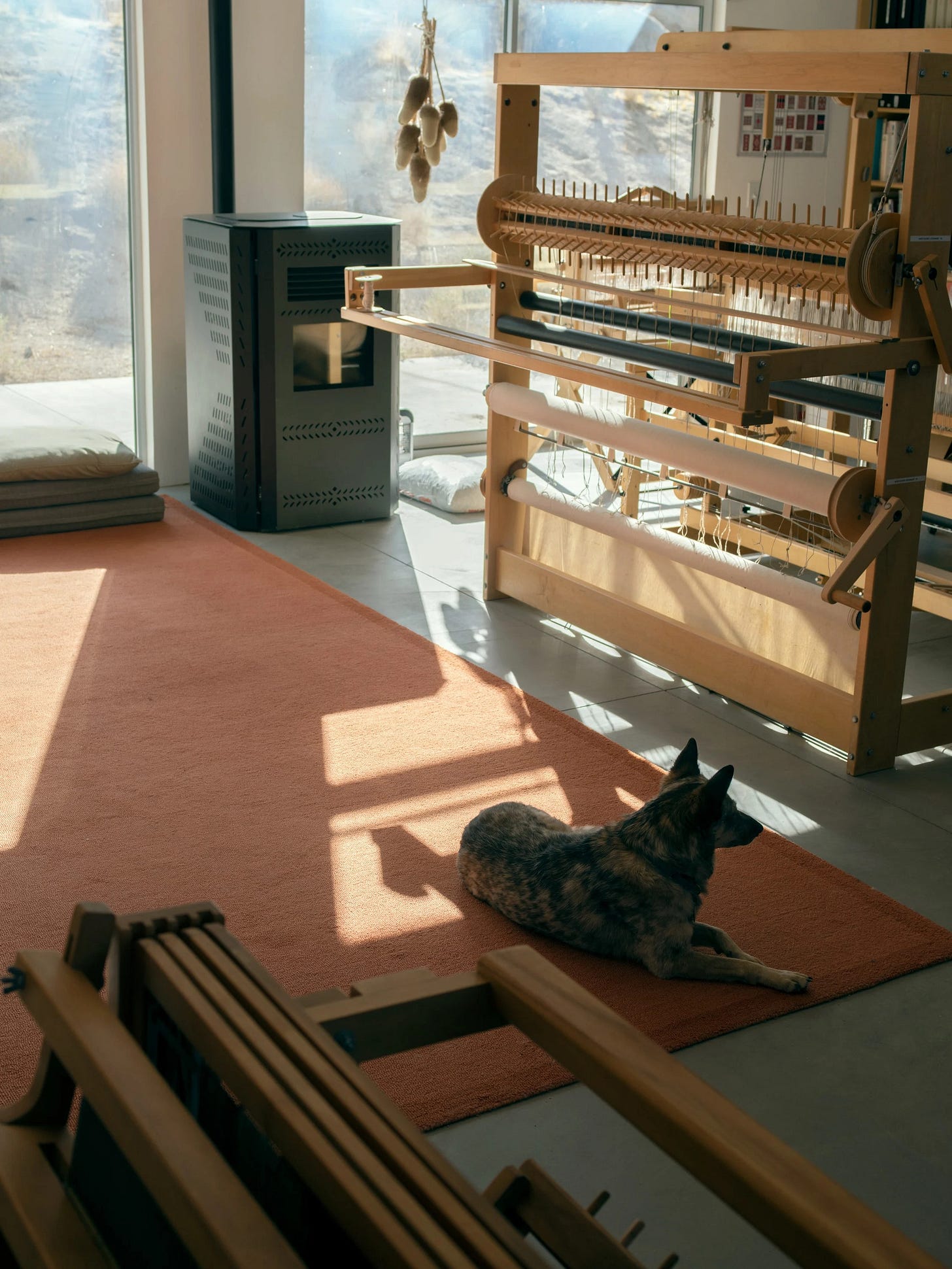
Let’s take a look at some of the experiments in living that Andrea built at A-Z West:
A-Z Uniform
For decades, Andrea Zittel wore the same outfit every day for a predetermined period to free herself from “the anxiety of unlimited choice.” The project began when she lived in a tiny storefront in Brooklyn where there was no space for a wardrobe. “If I had a single personal uniform,” she says, “it wouldn’t take any room to store. I put my energy and resources into making the perfect garment that could be worn day after day.”9
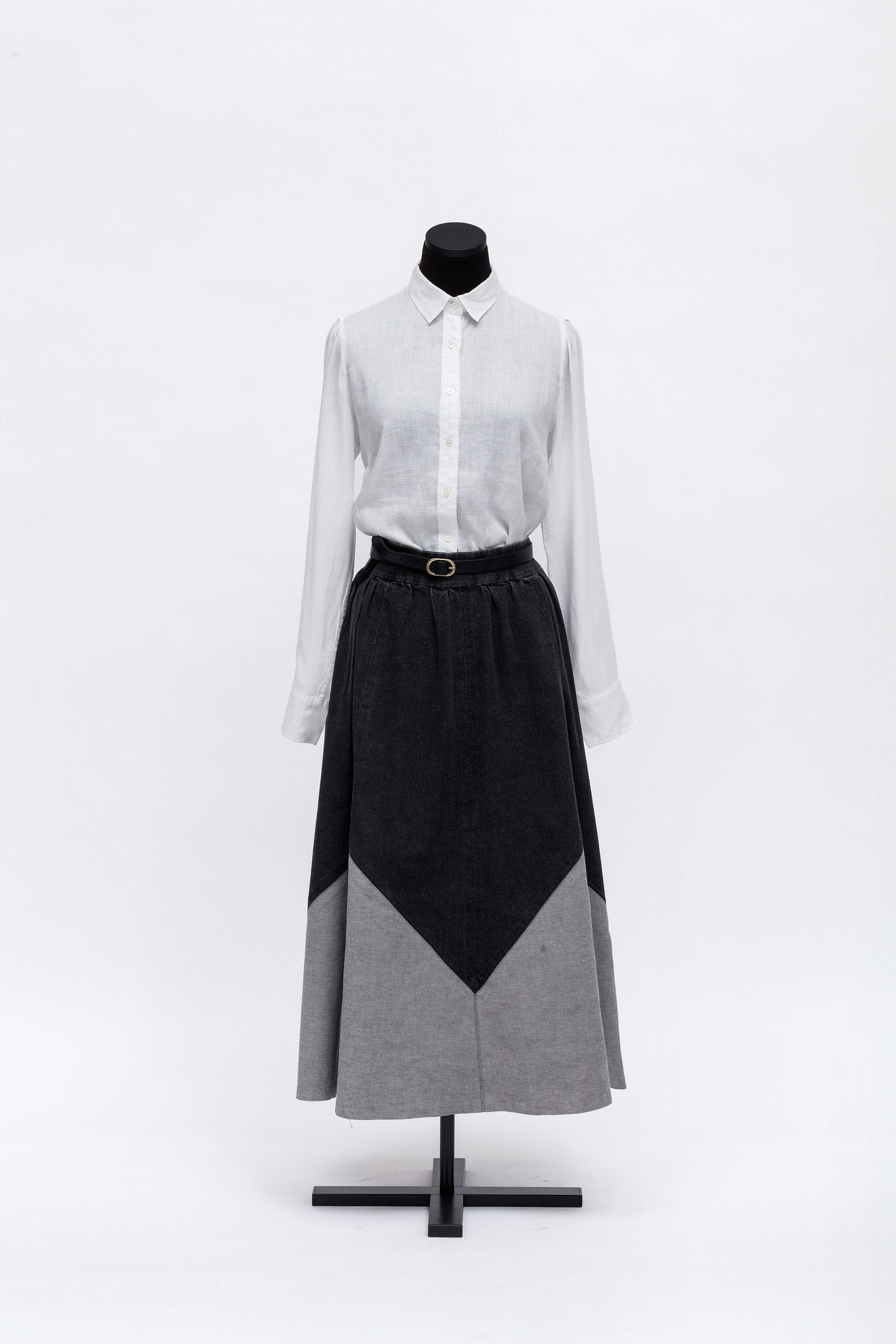

“What makes us feel liberated is not total freedom, but rather living in a set of limitations that we have created and prescribed for ourselves.”
— Andrea Zittel, These Things I Know for Sure
A-Z Wagon Stations
Andrea constructed a set of living pods that contain everything a single person would need to comfortably live in the high desert. The first generation of Wagon Stations were “customized” by an intimate group of Andrea’s friends and frequent collaborators who would often come out to stay at A-Z West. She has since made more pods, which over the years the artist has “assiduously maintained.” Visiting artists stay in them for weeks at a time.
“Ideas seem to gestate best in a void—when that void is filled, it is more difficult to access them. In our consumption-driven society, almost all voids are filled, blocking moments of greater clarity and creativity. Things that block voids are called ‘avoids.’”
— Andrea Zittel, These Things I Know for Sure
High Desert Test Kitchen
The lifestyle at A-Z West is deliberately community-oriented. Guests share an outdoor kitchen, as well as open air shower and toilets. They split day-to-day chores such as cooking, washing dishes, and helping with the organization of the camp. The High Desert Test Kitchen is one of the key communal spaces onsite.
Andrea opens the kitchen up not just to visiting artists, but to the local community. For a few years, a dinner potluck series was held there regularly. Participants prepared dishes made with ingredients found in the desert, such as buckwheat, honey mesquite, prickly pear, cactus pad, and sage.10 Together, they learned what’s possible to forage and cook in the landscape around them.
A-Z West Containers
The High Desert Test Kitchen is full of ceramic bowls called A-Z West Containers. In the early 1990s, Andrea began exclusively using bowls in her daily life for eating and drinking, and now they continue to serve as the sole dinnerware at A-Z West—no glasses or plates allowed. “Owning many different kinds of dishes takes up a lot of space, and yet they all perform the same function: they contain.”
The original prototype for use at A-Z East was spun out of copper and silver-plating. Today they are hand made in the A-Z West Studio. These bowls double as an unlimited edition artwork: they are sold in several institutions all over the world in order to financially support A-Z West.

“What you own, owns you.”
— Andrea Zittel, These Things I Know for Sure
Experimental Living Cabins
The"Experimental Living Cabins," at A-Z West are intended for solo visitors to stay anywhere from two days to three weeks. The homes have no electricity or running water, but inhabitants get to live amongst some of Andrea Zittel’s masterful artworks. Andrea felt frustrated by how few people actually get to interact with her work, and decided to put her “Planar Configurations” inside each of the cabins, and allow people to stay in them, for rates “comparable to a nearby Airbnb.”11
Kate Bollick, one of the first visitors to these cabins, wrote about the experience:
One can go for days without human interaction, or one can hop in the car and drive down the dirt road to the Palms Restaurant for a beer. The point of the cabins isn’t to enact the now-clichéd off-the-grid adventure, but to exist just a few steps outside real life, in a stripped-down but completely functional environment — to re-examine, even relearn, everyday activities. A welcome disorientation, even an epiphany or two, might arise from doing without conventional touchstones like, say, a mirror, or a refrigerator.
I’ve met Andrea Zittel two times. I imagine anyone who encounters her would have the same first impression as I did: she’s incredibly shy and withdrawn. On both occasions, it was obvious she would have preferred if I hadn’t said hi to her and just left her alone. (I promise I wasn’t being creepy!)
That demeanor struck me as unusual given she’d devoted decades of her life to building a compound with such porous boundaries between her and the public. Thousands of people visit her home each year. How does she endure such social intrusion?
I wondered if perhaps her secret was the rules and structure that she introduced at A-Z West. As Andrea Zittel explained, “This is a communal living situation that only works because it’s a certain amount of time [that the artists come and stay, or visitors come for tours] and we send people all of these protocol sheets before they come.” The rules and protocols she devised sought to encourage independent co-living and create the experience of solitude, together.
In recent years, I’ve become drawn to a type of social interaction that I'd describe as ambient companionship. When I hang out at home with a dog or family member, or putter around the park near my house with close friends and neighbors, I get to tap this ambient companionship, and it’s a beautiful thing. It offers a balm for any loneliness without draining my energy. I suspect it’s the kind of social dynamic that Andrea sought to create the conditions for at A-Z West. And for many years, it appears to have worked.
Interestingly, Andrea and her partner recently decided to stop living at A-Z West. (In fact, they are looking for a buyer for the compound—maybe that’s you?). The couple moved a few miles away to a small house that is “much more private,” and the artist said the move “has been a game changer and has been so good for my mental health.”
By 2020, A-Z West had grown to a point where Andrea says she “basically found myself living in the middle of a very public institution which for a deep introvert was pretty stressful.”12 Facilitating all of the various protocol-rich visitor experiences required the artist to spend upwards of eight hours a day sending emails and cleaning. “I don’t particularly want to become its full-time administrator,” the artist told Art News, and explained that stepping away from A-Z West gave her the “personal freedom to evolve as an artist.” She replaced life amongst a rotating cast of visitors at A-Z West with the ambient companionship of her partner and animals.
While I’m bummed to hear that the Andrea Zittel chapter at A-Z West will come to a close, I vow to never be sad about an artist reclaiming freedom in their life, no matter how radical the changes that necessitates. As the T Magazine wrote about Andrea: “Her art is a philosophical quest — one that involves an ongoing and intense examination of what it means to live.” If we want to live with less stress, and more freedom, it strikes me that, like Andrea, we all must “host ongoing and intense examinations” of the shape of our days. For that, there are no cheat codes.
“These Things I Know for Sure”
A manifesto by Andrea Zittel
It is a human trait to organize things into categories. Inventing categories creates an illusion that there is an overriding rationale in the way that the world works.
Surfaces that are “easy to clean” also show dirt more. In reality a surface that camouflages dirt is much more practical than one that is easy to clean.
Maintenance takes time and energy that can sometimes impede other forms of progress such as learning about new things.
All materials ultimately deteriorate and show signs of wear. It is therefore important to create designs that will look better after years of distress.
A perfect filing system can sometimes decrease efficiency. For instance, when letters and bills are filed away too quickly, it is easy to forget to respond to them.
Many “progressive” designs actually hark back towards a lost idea of nature or a more “original form.”
Ambiguity in visual design ultimately leads to a greater variety of functions than designs that are functionally fixed.
No matter how many options there are, it is human nature to always narrow things down to two polar, yet inextricably linked choices.
The creation of rules is more creative than the destruction of them. Creation demands a higher level of reasoning and draws connections between cause and effect. The best rules are never stable or permanent, but evolve, naturally according to content or need.
What makes us feel liberated is not total freedom, but rather living in a set of limitations that we have created and prescribed for ourselves.
Things that we think are liberating can ultimately become restrictive, and things that we initially think are controlling can sometimes give us a sense of comfort and security.
Ideas seem to gestate best in a void—when that void is filled, it is more difficult to access them. In our consumption-driven society, almost all voids are filled, blocking moments of greater clarity and creativity. Things that block voids are called “avoids.”
Sometimes if you can’t change a situation, you just have to change the way you think about the situation.
People are most happy when they are moving towards something not quite yet attained (I also wonder if this extends as well to the sensation of physical motion in space. I believe that I am happier when I am in a plane or car because I am moving towards an identifiable and attainable goal.)
What you own, owns you.
Personal truths are often perceived as universal truths. For instance it is easy to imagine that a system or design works well for oneself will work for everyone else.

https://www.zittel.org/
http://www.artmonthly.co.uk/magazine/site/article/andrea-zittel-interviewed-by-alex-coles-february-2011
https://www.culturedmag.com/article/2023/08/18/elliot-page-emma-cline-eileen-myles
Heartney, Eleanor; Posner, Helaine; Princenthal, Nancy; Scott, Sue) (2013). The reckoning : women artists of the new millennium. Munich.
http://amodernmatter.com/article/a-conversation-with-andrea-zittel/
https://www.nytimes.com/2017/10/30/t-magazine/andrea-zittel-artist-cabin.html
https://www.artforum.com/features/silent-spring-247413/
https://hyperallergic.com/830828/embracing-the-elements-at-andrea-zittels-a-z-west/#:~:text=HDTS%20remains%20committed%20to%20its,mentioned%20on%20the%20HDTS%20website.
https://www.desertsun.com/story/desert-magazine/2016/11/29/noshing-native-cooking-ingredients-found-desert/94565892/
https://www.nytimes.com/2017/10/30/t-magazine/andrea-zittel-artist-cabin.html
https://news.artnet.com/art-world/andrea-zittel-a-z-west-2205355






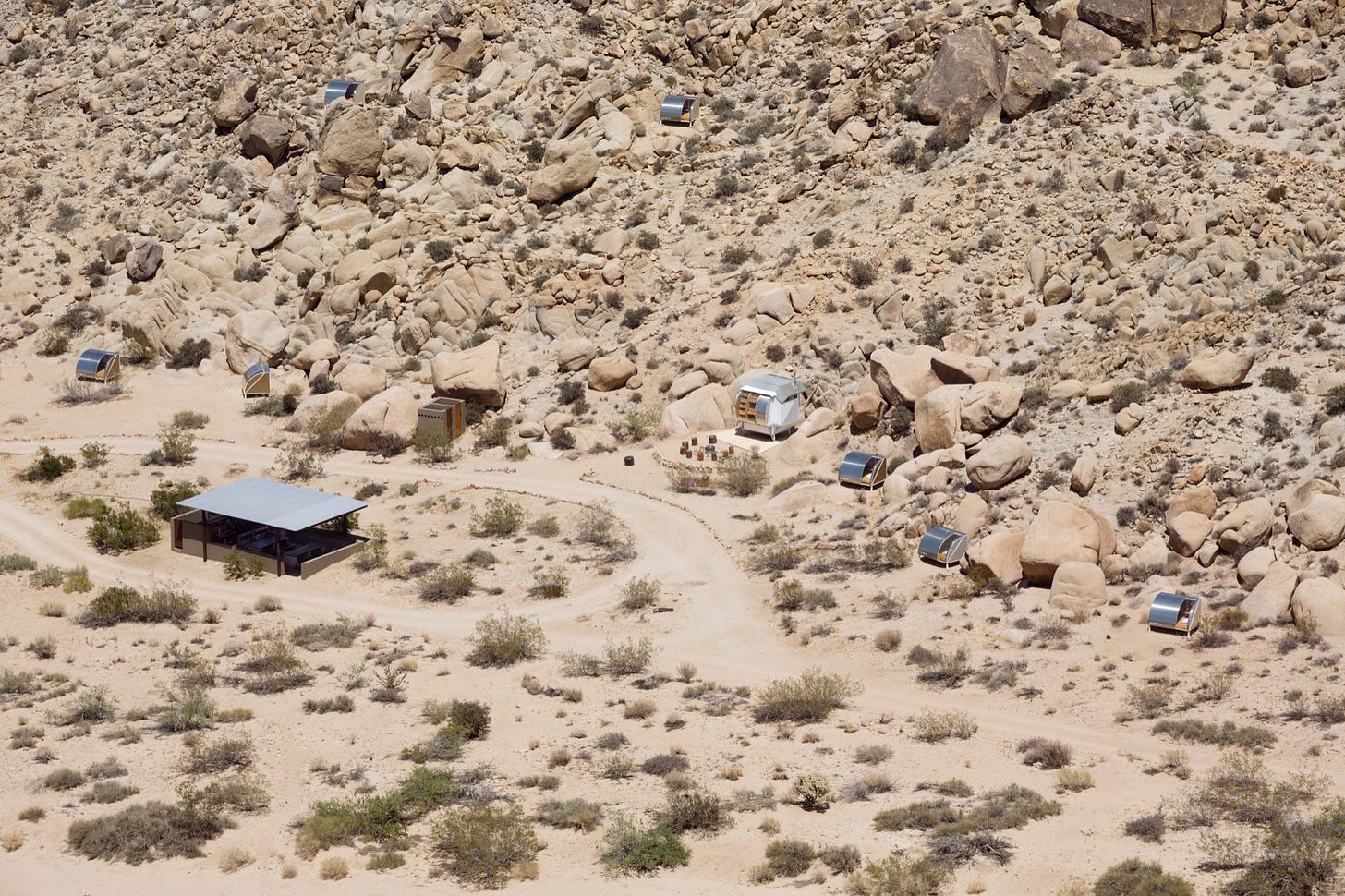

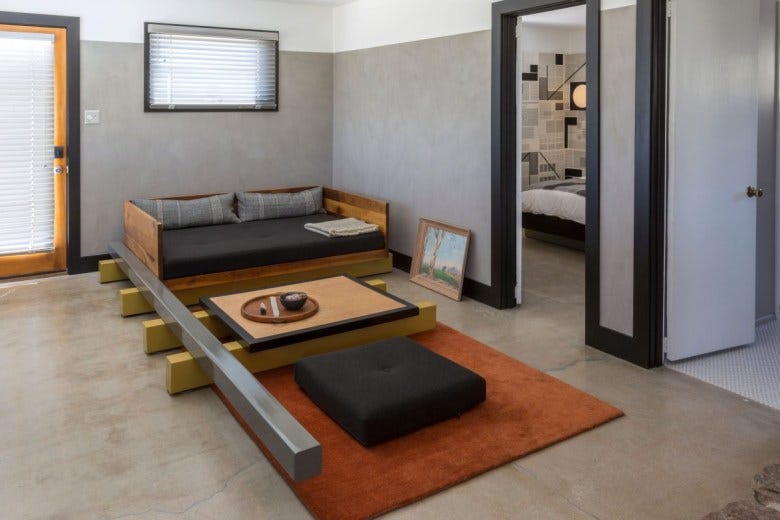
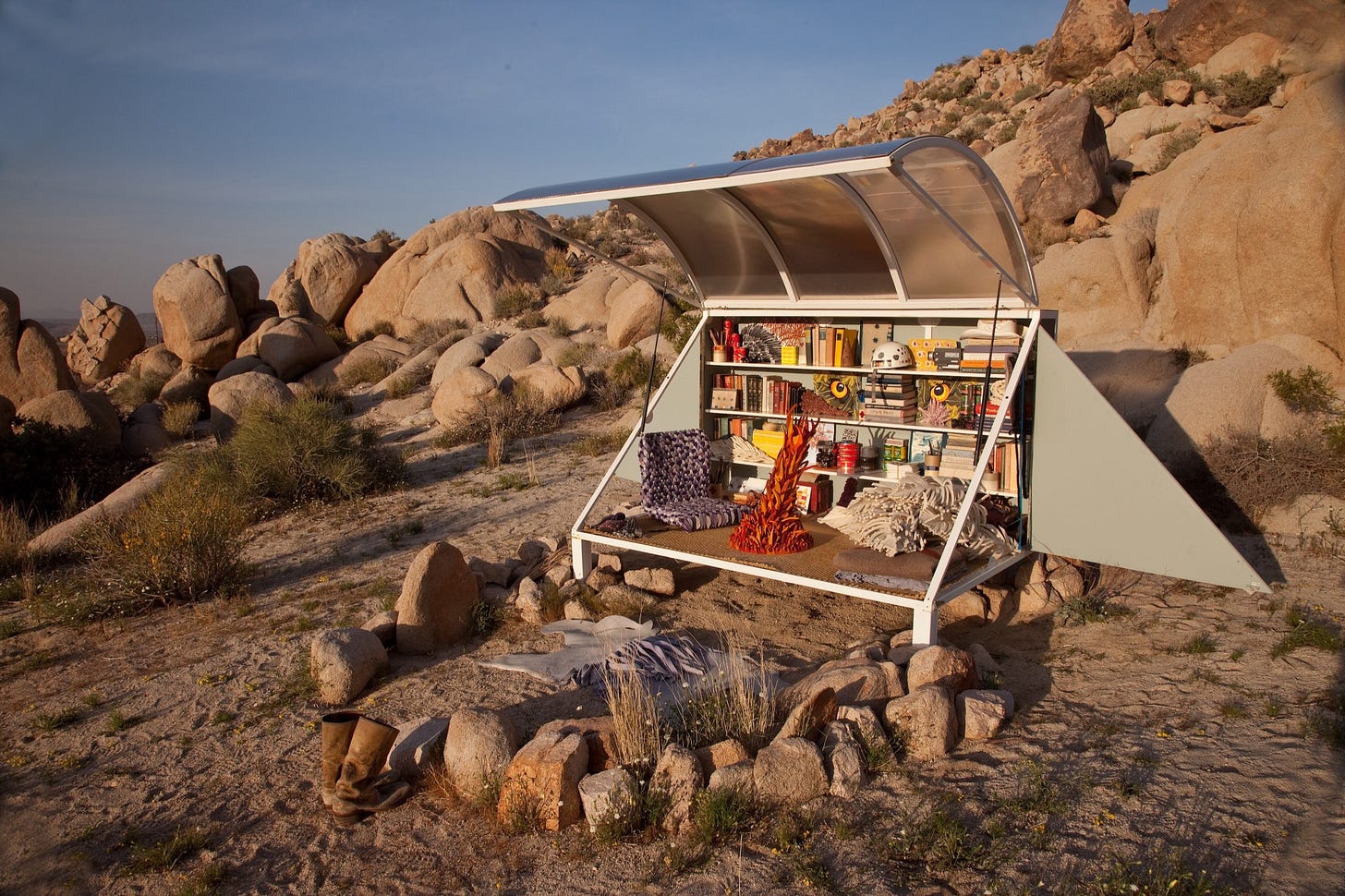
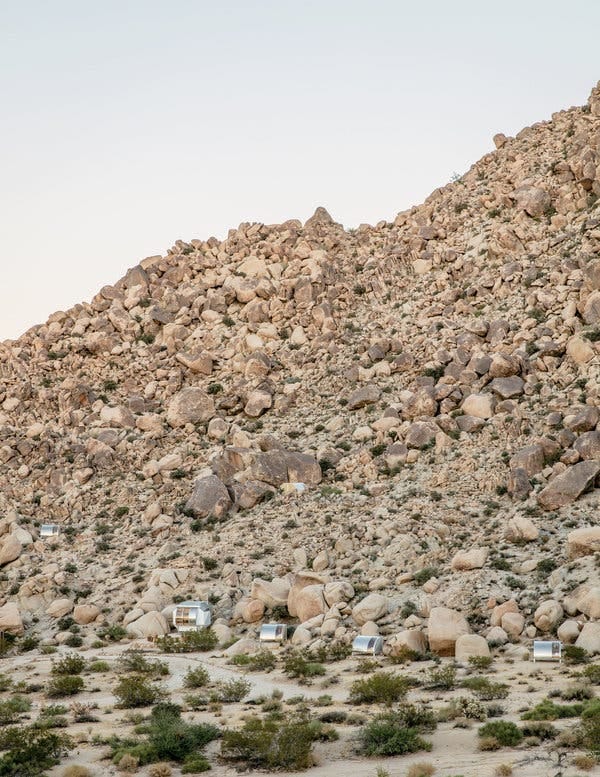
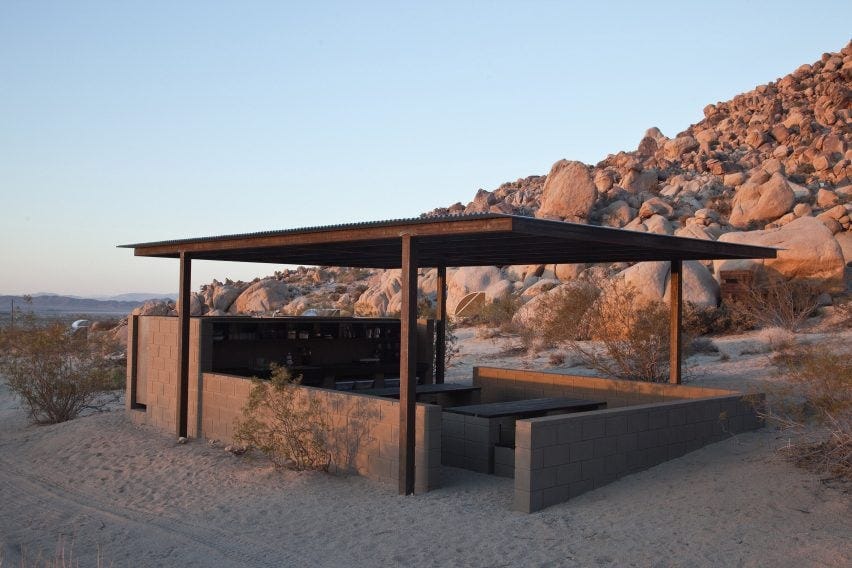

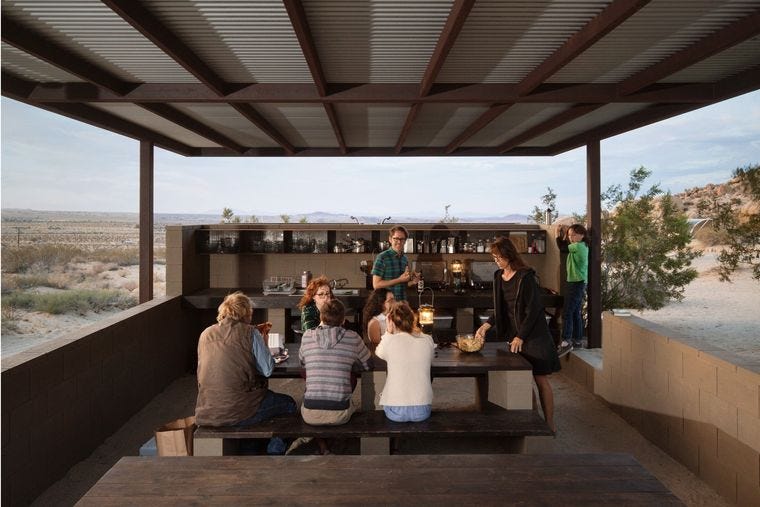

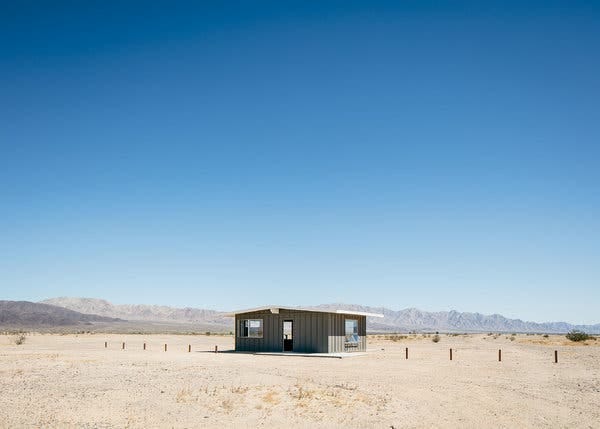
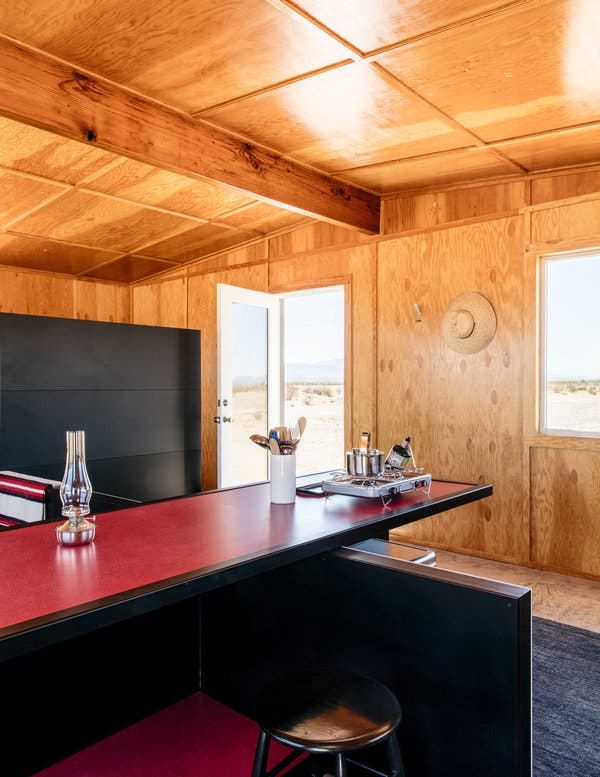



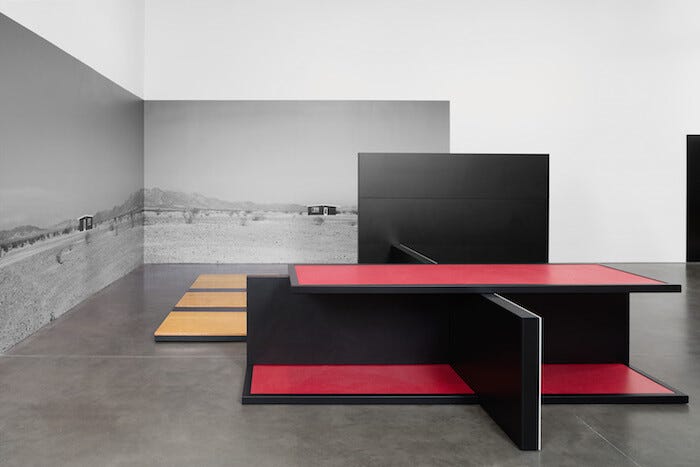

Thank you for introducing me to Andrea Zittel. I remember how easy mornings were wearing a school uniform and I still wear a uniform of sort. I agree with so much of her manifesto, too.
Well, this is going on my wall: "What makes us feel liberated is not total freedom, but rather living in a set of limitations that we have created and prescribed for ourselves."